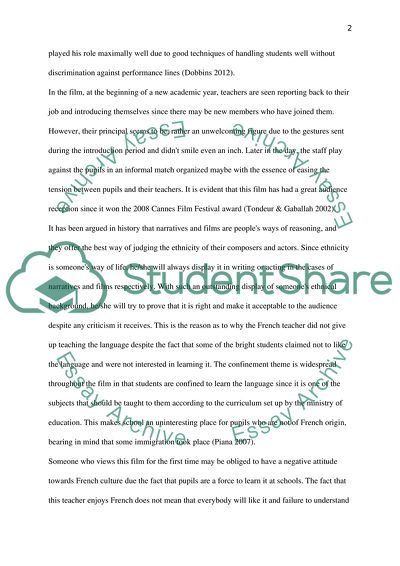Cite this document
(“Effects of Entire les Murs On Traditional French National Identity Essay”, n.d.)
Retrieved from https://studentshare.org/humanitarian/1699993-effects-of-entire-les-murs-on-traditional-french-national-identity
Retrieved from https://studentshare.org/humanitarian/1699993-effects-of-entire-les-murs-on-traditional-french-national-identity
(Effects of Entire Les Murs On Traditional French National Identity Essay)
https://studentshare.org/humanitarian/1699993-effects-of-entire-les-murs-on-traditional-french-national-identity.
https://studentshare.org/humanitarian/1699993-effects-of-entire-les-murs-on-traditional-french-national-identity.
“Effects of Entire Les Murs On Traditional French National Identity Essay”, n.d. https://studentshare.org/humanitarian/1699993-effects-of-entire-les-murs-on-traditional-french-national-identity.


